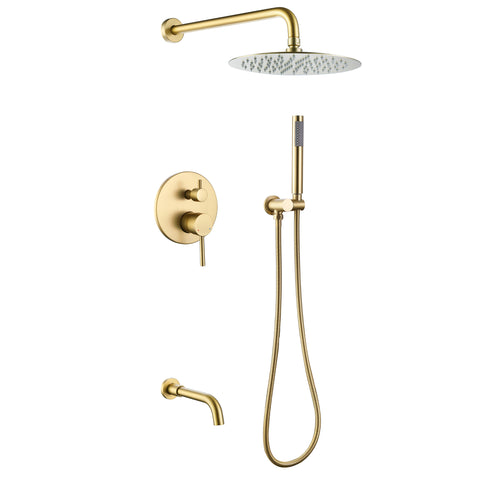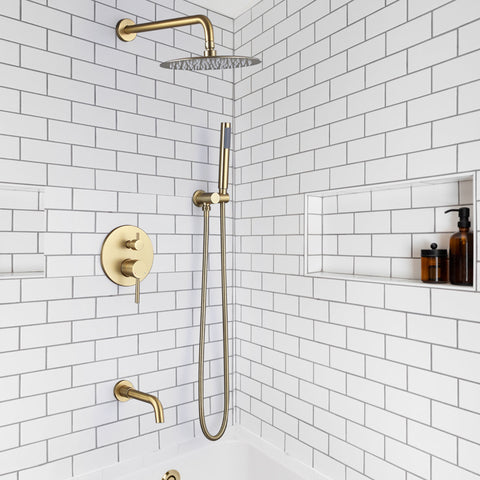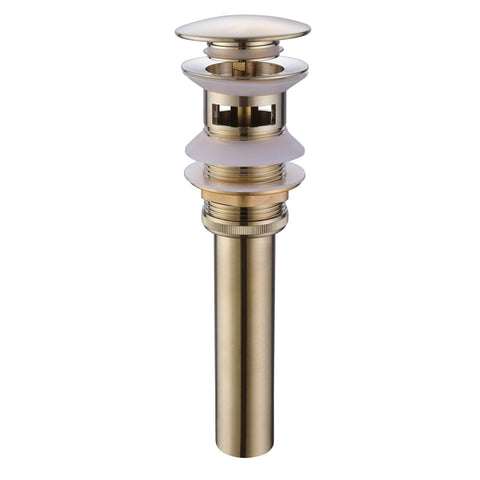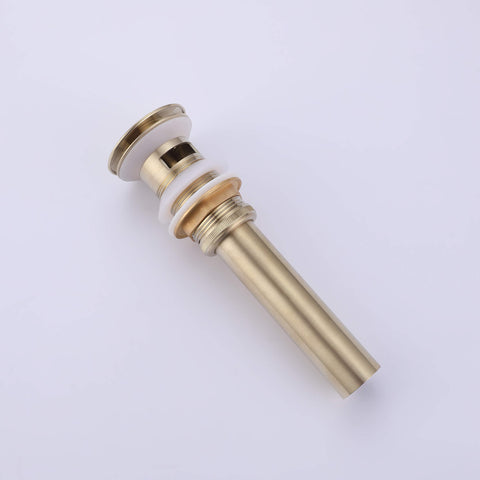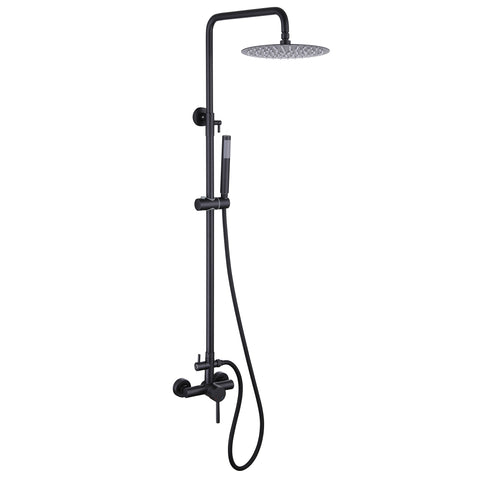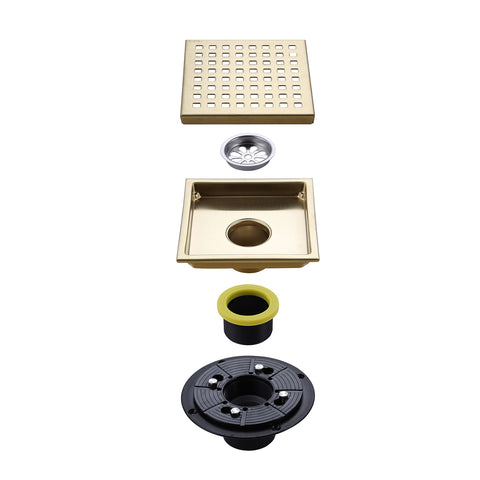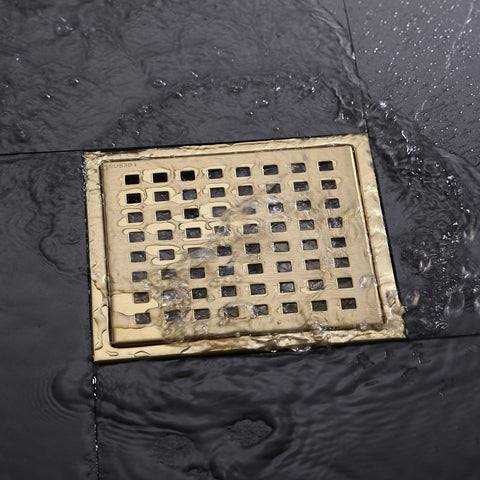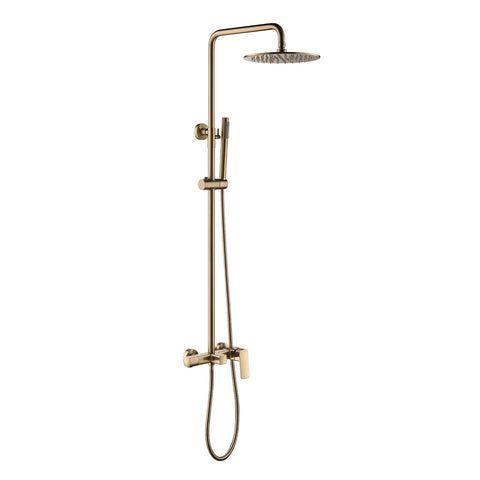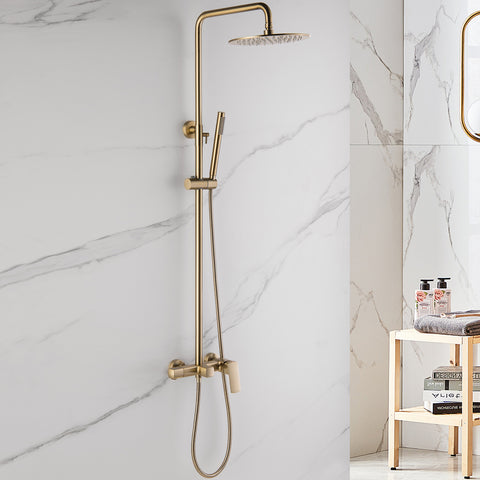How to Replace the Seal on a Kitchen Faucet?

The kitchen faucet has several seals
Kitchen faucets have sealing rings in different places, some at the water outlet, and some for safety reasons. If you replace one seal, you should take the opportunity to replace the other seal. This way, you will most likely save yourself unnecessary work. Parts with seals include:
- At the connection of hot and cold water inlet
- Between the sink and the connecting pipe
- Under the spool of the single handle hot and cold water tap
- Between the handle and the water chamber
Seals are vulnerable parts
Over the years, the plastic that makes up the seal ages, dries out, becomes brittle and cracks. So the faucet always starts dripping after various times, but it's easy to fix in this case. This is why you should replace all seals at the same time. If the first fails, further leaks are likely to occur in the mid-term.
Replace the seal in the supply line
If it's dripping under the kitchen faucet, there may be a seal in the pipe. You can quickly change these in minutes:
- Turn off the water.
- Loosen the union nut with a wrench or pipe wrench.
- Drain the remaining water into the bucket.
- Remove the old gasket with all its residue and put the new gasket in place.
Replacing the seal on a kitchen faucet
To replace the seal in the fitting, you must first disassemble it. If this is not possible, or the fitting has been poorly corroded, you will, unfortunately, have to replace it entirely. These can also damage the seals if you find large lime deposits.
